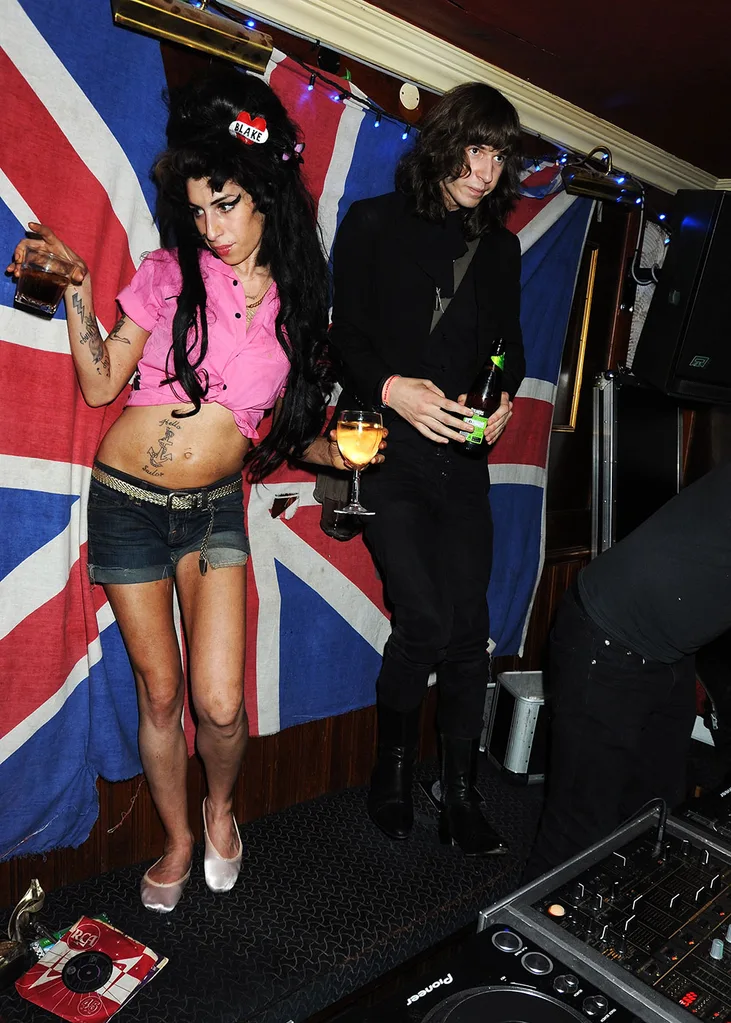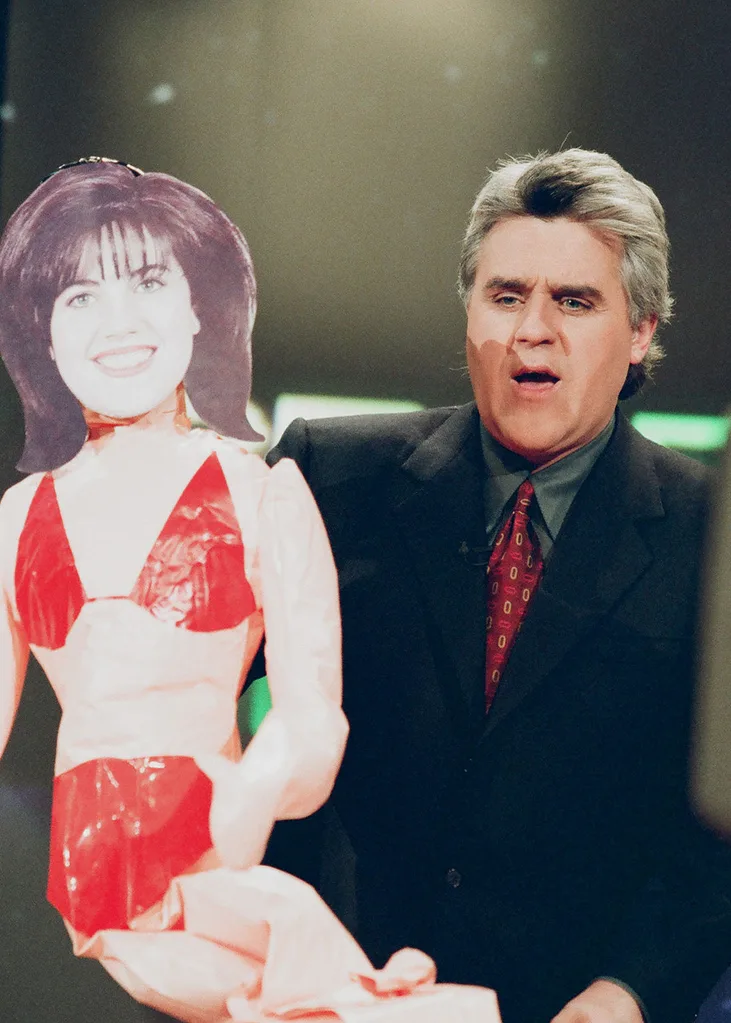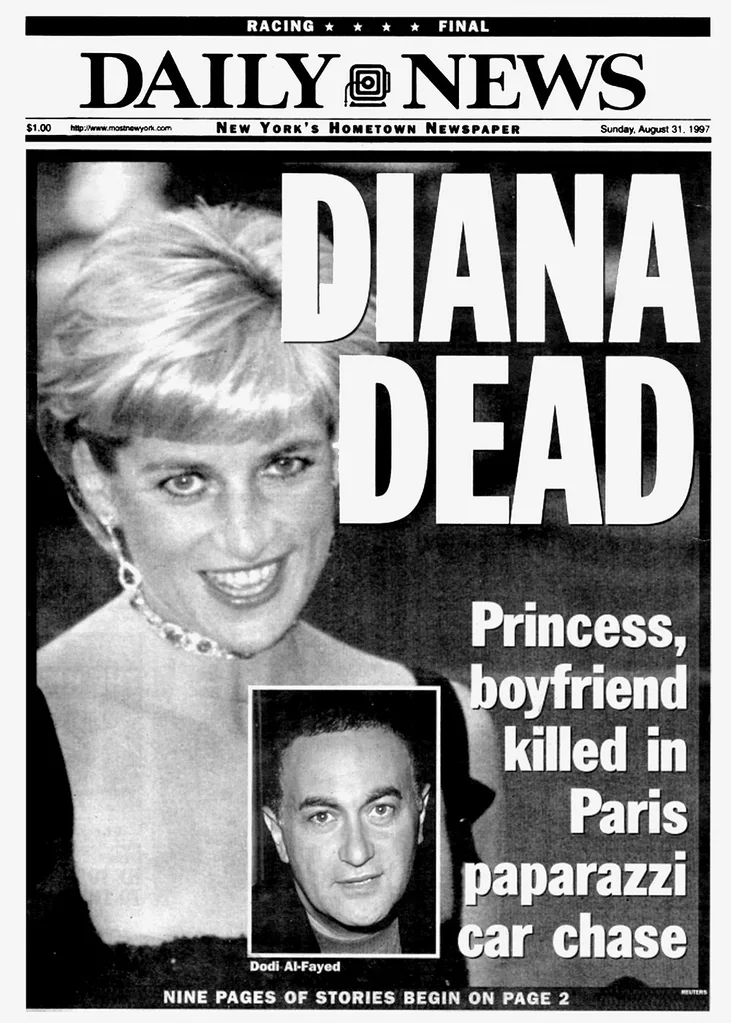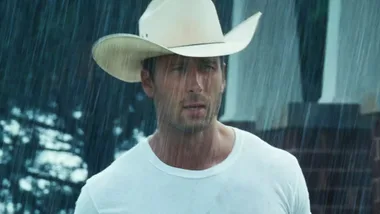There are many moments in Framing Britney Spears that are difficult to watch. One of the worst comes when The New York Times-led documentary – which details the brutal treatment the pop star received from the misogynistic entertainment industry of the 1990s and 2000s – replays an old episode of Family Feud. “Name something Britney Spears has lost in the last year,” demands the host, prompting sniggering answers from the contestants, including “Her husband!” and “Her hair!” – a reference to the moment a blank-eyed and clearly in pain Spears shaved her head in front of paparazzi in 2007. Then comes the response that garners the loudest howls of mirth and thundering applause: “Her mind!”
When the show aired in 2008, the clip didn’t cause a ripple. By this time, publicly mocking and deriding prominent women – Spears, Jessica Simpson, Whitney Houston, Monica Lewinsky, Anna Nicole Smith, Amy Winehouse and countless others – for everything from their sexuality and their supposed villainousness to their mental illness or addiction had been a central part of the cultural landscape for more than a decade. Shaming and debasing women weren’t new tactics, but the golden age of tabloid magazines and paparazzi in the 1990s and early 2000s turned it into a mass-market moneymaker. In the post #MeToo era, it’s only now that we’re able to look back and see just how damaging that time was for the female celebrities whose names became punchlines, their characters reduced to caricatures.
According to Allison Yarrow, author of 90s Bitch: Media, Culture, and the Failed Promise of Gender Equality, you can trace the beginning of this phenomenon back to the birth of the 24-hour news cycle. It was still a relatively new concept when outlets covered the Persian Gulf War all day, every day in the early 1990s. When it ended, cable networks needed something else to feed into people’s addiction to round-the-clock media access.

“The networks realised they had this infrastructure for storytelling and an insatiable audience, and they soon realised that Hollywood and political scandals were cheaper and easier to cover than war, and turned out to be more popular,” says Yarrow. “Disparaging women and treating them badly is as old as time,” she adds, but “the 1990s gave the world an avenue to do that on a grander scale, in a way we could all participate in.”
And so they televised the Anita Hill hearings. In 1991, an all-white, all-male Senate committee grilled a lone Black woman about the sexual harassment claims she made against her former boss, Supreme Court Justice nominee Clarence Thomas. They jeered at her distress and told her that his repeated sexual suggestions and comments about breast size were normal. There was the round-the-clock harassment of Princess Diana, a relentless paparazzi pursuit that continued right up until her fatal car accident. The can’t-look-away drama of Olympic ice skaters Tonya Harding and Nancy Kerrigan, so easily compartmentalised into a scrag fight between a good girl and a bad girl. The insatiable storyline of then-US president Bill Clinton and his affair with the “slutty” intern, Monica Lewinsky. Then later, into the 2000s, the frenzied documentation of Amy Winehouse and Lindsay Lohan’s addiction spirals and the takedown of former teen star Jessica Simpson after she wore what became infamously known as “mom jeans”; gibes that she says for her ruined the stage – the place where she felt most confident. On and on it went.

When Yarrow first began researching her book about how mass culture treated women in the 1990s, she was shocked to discover that just about all coverage involving a woman was relayed through this extraordinarily misogynistic lens. A very small handful of women were celebrated: Hillary Clinton, when she became the first First Lady senator; Sally Ride, when she became the first American woman in space.
But these honours were rare and attracted little more than a brief acknowledgement. “The women who were centred in most stories of the ’90s – and well into the 2000s – were all denigrated, or what I like to call ‘bitchified’ by the mainstream press,” Yarrow says. “Their bodies were critiqued. They were called angry and bitchy; they were sexually available; they were too virginal; they were stupid.”
It seemed perfectly unremarkable that a journalist would ask Spears whether she was a virgin and that later, her (by then) ex-boyfriend Justin Timberlake would snigger in an interview of his own that he had slept with her. Zeroing in on young Lewinsky as the one to make lewd jokes about, rather than questioning the inequity that led the much older and infinitely more powerful man to use his position to sleep with her, didn’t seem strange at all. And then there was the laughing at mental illness and drug addiction. Spears, who appeared to be suffering from postnatal depression, was ridiculed for shaving her hair in public and attacking a photographer’s car with an umbrella; Winehouse’s drug use and rehab stints were almost better known than her music. Snark-filled gossip sites such as TMZ and Perez Hilton became the places you logged on to every day to see which famous woman was being mocked. In 2008, Hilton even went as far as to sell T-shirts asking, “Why couldn’t it be Britney?” who died instead of Heath Ledger.

What has been so disquieting for many women who grew up in this era as ordinary media consumers is that we participated. Who among us, if we’re honest, never laughed at a joke about young starlets being stupid or gaped, transfixed, as another lurched from one trainwreck episode to another? Many of us would have seen Paris Hilton’s sex tape. We laughed and jeered, in the same way those Family Feud contestants did, as celebrities disintegrated under the scrutiny before our very eyes – in some cases, such as with Princess Diana, Winehouse and Houston, until they were hounded to death. And yet, we didn’t seem to see what was really happening.
“That’s the power of it, right?” says Yarrow. “The misogyny and racism during this time were so pervasive that it was invisible, and there were no real mechanisms for challenging it.” She thinks women who grew up at this time should go easy on themselves. “It’s really interesting that those of us who were girls at the time are now feeling this sense of shame and blame around this,” she says. “There was no way we could have challenged it, because there was no way to challenge what was happening. We were internalising it.”
What we do need, according to Yarrow and Ben Widdicombe, the former New York Daily News gossip columnist and author of Gatecrasher: How I Helped the Rich Become Famous and Ruin the World, is a thorough re-examination of our attitudes from that era and, specifically, the stories of the women who defined it. “I’m glad it’s being re-evaluated,” says Widdicombe. “It has to be. The media was incredibly cruel to Britney and other women at the time. It was a great moral failing of the tabloid press that we did that.”

The reframing is slowly starting to happen. The #MeToo movement made it possible for women to come forward about the ways they’d been harassed, victimised, blackmailed and even assaulted by powerful men in the workplace and, for the first time, feel truly vindicated on the public stage. Over the years, Lewinsky has grappled with the scandal that made her a household name, writing in a 2018 article for Vanity Fair that she believes what happened to her was “a gross abuse of power”.
She now speaks at events worldwide through the lens of an anti-bullying activist. The 2017 film I, Tonya – starring Margot Robbie – looked back at the Harding/Kerrigan story from the point of view of Harding, the long-established villain, to give audiences a far more nuanced view of the sexist, classist world of elite ice skating, and the ongoing abuse she suffered at the hands of her husband and family. And Paris Hilton’s 2020 documentary, This Is Paris, shows the former reality star as an unwilling participant in one of the world’s first online celebrity sex tapes. She recalls the invasion when her ex-boyfriend released the recording in the early 2000s: “That was my first real relationship,” says Hilton. “It was a private moment of a teenage girl not in the right headspace. To have everyone watching it, laughing, like it was something funny …” Looking back, it doesn’t seem funny at all.
From this re-examination, change seems to be happening, incrementally at least. Thanks to social media, celebrities are far more in control. “In the 1990s and 2000s, when [they] spoke to their audiences, it was entirely mediated by news outlets. Now these stars don’t even have to do interviews,” says Yarrow. “They have millions and millions of followers on social media, enabling them to speak directly to their audiences.”

Mental illness has also become better understood, to the point that it is inconceivable that we once laughed at it. Selena Gomez made her bipolar disorder diagnosis public in 2020; Gwyneth Paltrow, Chrissy Teigen and Adele have all spoken about their battles with postnatal depression. In this way, stars are helping to challenge the idea that mental illness should be hidden or shrouded in shame.
Some of the men responsible for this era’s worst transgressions have owned up to their roles. Timberlake apologised for slut-shaming Spears (though it was widely rejected as inadequate and especially insufficient given that he also lumped in an apology to Janet Jackson for causing her infamous 2004 Superbowl wardrobe malfunction that exposed her breast and saw her banned from attending the Grammys and her music banned from MTV). Perez Hilton expressed “a ton of regrets” as a ringmaster in the woman-hating that passed for mass entertainment at the time.
But ad hoc apologies are no substitute for a true cultural reckoning. Now that there is more awareness of the structural misogyny that celebrities face, and we have the space to talk about it more openly, we can only hope that, at the very least, we keep the conversation going. But there is a long way to go. “We now know not to be surprised by today’s misogyny because it was seeded and cultivated decades ago, when bitchifying any woman, every woman, was just the way things were,” Yarrow writes at the end of 90s Bitch. “Knowing this history is how we stop it from repeating.”










